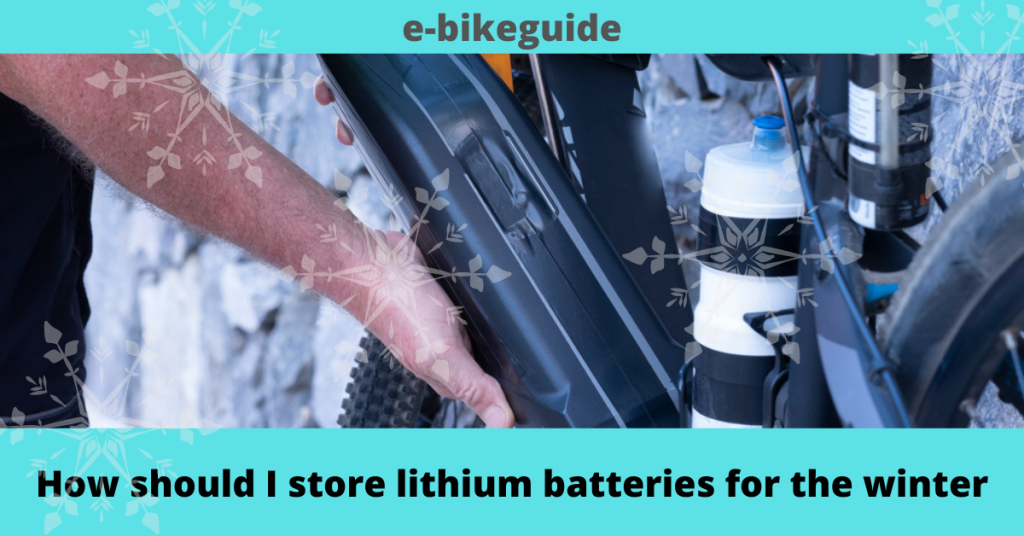Introduction about lithium-ion batteries.
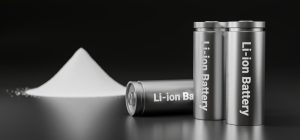
30 years ago, Sony was the first commercial firm to release the first commercial lithium-ion battery to the market.
Before we dwell on the specifics, let us discover what lithium batteries are. Today, almost every portable electronic device runs on a small lithium-ion battery. Extensive research and development are going on on this topic to date. High capacity Lithium-ion batteries can also power medium and high – voltage stationary applications.
The technology behind it

The lithium-ion battery is based on the technology that allows lithium-ion to move from negative electrodes to positive electrodes during and after the charging process. The performance and cost of such lithium-ion batteries depend on the type. Lithium primary batteries on the other hand are disposable and less popular than lithium-ion ones. Lithium-ion batteries utilize a lithium compound and not conventional metallic lithium as the electrode chemical.
Application of lithium-ion batteries in modern-day life
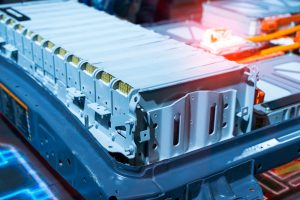
Lithium-ion batteries are hugely popular in the consumer electronics industry, especially in the portable category.
They are also commonly used in modern-day electric bikes, military applications, and aeronautics. This is because of their high energy densities, high open circuit voltages, and slow reduction in charge. Due to these advantages, lithium-ion batteries are growing rapidly in popularity and the usage benefits are increasing daily. They are used in many products such as toys, handheld gadgets, wireless speakers and headphones, electronics, electric bikes, electric cars (EV), etc.
They are also used in portable power banks and uninterrupted power supply (UPS), solar energy storage, and mobility vehicles such as wheelchairs, bikers, and scooters. UPS that runs on Lithium- Ion are immensely useful. They protect us from power loss or imbalanced power supply/surge, etc. UPS is needed for computers, communications, servers, and medical technology.
RV or recreational vehicles also run on Lithium-Ion batteries. They offer long-lasting power and are highly reliable. RV travel is all about remote and long-distance. Lithium – Ions are highly reliable for this purpose.
Solar power panels run smooth and efficiently during days when the sun does not shine. It is a reliable source of power and produces low resistance charging.
Components of Lithium-ion battery

-
- The cathode or positive electrode (Capacity and voltage)
- Anode or Negative Electrode (stores and releases ions)
- Electrolyte (transports ions between cathodes and anodes)
- Separator (blocks the cathode and anode from mixing up)
Nanotechnology and Lithium-ion

Due to recent technological advancements and extensive research, nanotechnology is attracting stardom in the engineering industry. Nano-materials have the required abilities needed to enhance the capacity and level of performance of the lithium-ion. They have a longer cycle life, large surface area, and other unique chemical properties that are highly advantageous.
Advantages of Lithium-Ion Batteries

Lithium-ion batteries are highly beneficial as opposed to other high-quality rechargeable batteries such as nickel-cadmium or nickel-metal-hydride.
- They are on top of the list when it comes to energy densities.
- Lithium – Ion batteries can deliver thrice the times of voltage and deliver high-volume current for large applications
- Lithium- Ions are very easy to maintain and require seldom servicing or maintenance of any sort.
- They have no memory effect which is a tedious and crucial process that is synonymous with other battery types.
- The lithium-ion batteries have a low – self-discharge rate and are easy to dispose of.
- They are environmentally friendly. They are widely used in battery-powered cars. Tesla and Leaf are two such models.
- They are small in size yet more powerful than any other battery out there. They can produce voltages as high as 3.7 v whereas lead acid batteries can do just 2.1v
- Lithium-ion batteries allow charging without a charging cable, aka, wireless charging. This is a recent technology and is still in its prime. There is a lot of Research and development taking place with lithium-ion wireless charging. There are speculations that electric vehicles will soon be able to charge their cars or bikes by simply parking them
Disadvantages of Lithium-Ion Batteries
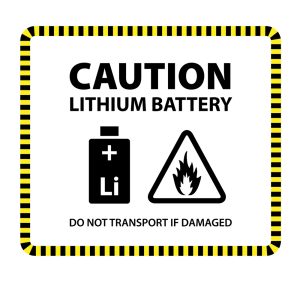
Despite all of its advantages, lithium-ion batteries also have a few downsides.
- Lithium-ion batteries are safer than most options and can tend to overheat.
- They can lead to instant combustion
- Due to the high risk of inflammation and fires, shipping companies often refuse to perform high volumes of transportation by air – freight.
- Lithium-ion batteries have a failure rate after a few years due to their faster aging process.
Lithium – Ion VS Lead Acid

Lithium-ion and lead-acid are two of the most common battery options when it comes to home energy storage.
Cost and performance are the two main differences. Lithium-ion is expensive but performs better than lead acid. If you are thinking of setting up a solar system in your home, consider lithium-ion as it’s more reliable, durable, efficient, and has a longer battery lifespan. You could replace a lead acid battery with a lithium-ion battery with the assistance of an external charger.
Risks of using lithium-ion batteries in electric bikes

Due to its ability to go up in flames, the risk of home fires is very high. Always remember to never leave your bike with the battery attached to it in hot places.
The importance of protecting your lithium batteries during summer

During summer, it is best to keep your bike away from direct sunlight and UV rays. These rays could diminish the structure of the battery and lead to over-heating. Extreme temperatures are highly unsafe for the use, storage, and transportation of lithium-ion batteries. There is a risk of thermal runaway when the battery cell exceeds a certain level. This is most popular in very high temperatures and can lead to workplace fires, explosions, and battery ruination.
The importance of storing lithium batteries during winter.
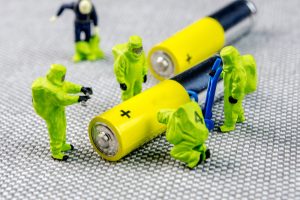
Lithium-ion batteries are prone to damage during very high or very low temperatures. Failing to store them correctly can lead to permanent cell damage. If you do not store the lithium-ion batteries correctly, they might become completely redundant. This is called deep discharge. This phenomenon occurs when the entire battery capacity is completely exhausted. This usually happens when the batteries are not charged properly. Low or zero charges can lead to deep discharge. Deep discharge is permanent and cannot be repaired.
Always make sure you fully charge the batteries to up to 14.4 voltages and disconnect them before you store them. This is to avoid parasitic load drainage during storage.
If you are unsure, you can always disconnect the main positive and negative wires. This is because some Electric vehicles may have a backlit stereo or a sensor that sometimes tends to bypass the switches. You will have ample charge to use in the summer if you store them in the right way.
Lithium batteries are considerably easier to store during winter than lead-acid batteries. Lithium-ion batteries perform worse during winter and can be annoying and frustrating. In certain instances, lithium-ion batteries can fail on you and refuse to power on. They simply die.
Batteries have two purposes, to store and release energy. With this hope, we charge the batteries and plug them into our gadgets and tools. Most of the time, during winter, the batteries end up disappointing us. Temperature is the key issue behind this frustrating dilemma. It plays a colossal role in carrying out its purpose of storage and releasing energy.
Safety protocols when storing lithium-ion batteries

Regardless of the volume of lithium-ion batteries you are handling, it pays to follow safety practices. This could reduce unwanted destruction of property, human beings, and animals. It could also lead to pollution, personal damage, financial loss, and other business failures.
- When handling batteries of this nature, it is important to thoroughly read the manufacturer’s manual first. Each type of lithium-ion might differ in specifications and that’s why it’s important to understand what you are dealing with. The manufacturer’s manual will explain important details such as maximum current load, charging, end-point voltages, and thermal load.
It is advisable to pay attention to the safe handling, maintenance, storage, and charging of lithium-ion batteries. The best way to do this is to study your battery and its specifications.
- It is better to gently remove them from a device and not pry them out.
- Make sure you do not use any brute force during installation.
- If you notice any damaged battery that is either old, leaking, or swollen, dispose of it immediately.
- When the batteries are in use or when charging, ensure that the temperature of the surroundings is not extreme. This could cause damage to the device as well.
- Never overcharge a lithium-ion battery. Once it has been charged, make sure it is disconnected. Do not leave it on charge for more than needed. This will ensure that the life span of your battery is not impacted negatively.
- Avoid using non-compliant battery chargers at all costs when recharging your lithium-ion batteries.
- High charging voltages are a big NO when and should be avoided too
Ideal Storage locations

- When you store your batteries, make sure the area is cool, dry, and has ventilation.
- Make sure the storage area is away from sunlight, heat, mold, moisture, or rain. The ideal storage temperature is between 5 and 20 Celcius and should be in a cool environment.
- Make sure you do not store the battery for over 6 months. It helps to check on your batteries intermittently.
- Keep your batteries away from metal objects such as screws, bolts, and nails. These are better kept away from battery terminals.
Liquid cooling for extreme temperatures
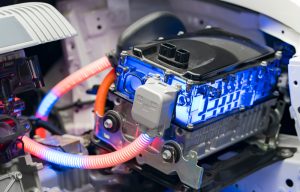
Some locations are extremely hot and this could impact the battery’s overall health and lifespan. Using air or liquid cooling is a splendid idea and can help preserve a battery’s capacity. The Tesla Model S, the Ford Focus EV, etc rely on liquid cooling. It helps keep the battery packs at a constant temperature of 25°C.
More Tips on how to maintain your batteries better
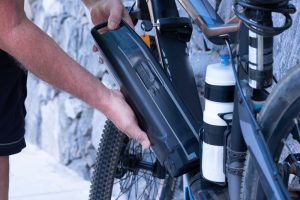
- If you find yourself driving or riding on a hot day, it is better to not drive hard. Accelerating smoothly can help save energy from the battery pack. Try to pre-cool your car and avoid parking in hot areas where there are no trees or shade.
- Invest in a covered parking lot with good ventilation or try to secure a slot in an underground parking area. This will help reduce your battery’s temperature and give your battery ample time to cool down. In case you have to park your car outside, look for a space that was used by a car or truck. It will be cooler than an exposed area.
- Nights times are generally cooler than the day. This makes it the ideal time to charge your batteries.
- Always give your batteries some time to cool down before you charge them. An hour of relaxation is ideal and will help enhance the lifespan of your batteries.
- Some genius mechanics talk about fast charging. This is not a good idea as delivering DC power directly to the batteries using bypass methods can overheat the system.
How to gain maximum efficiency out of your lithium batteries during winter?

The cold is an enemy of lithium-ion and it could be the reason why it under-performs or drops dead. There are some handy ways of making sure that lithium-ion batteries do their best during winter.
- If you are riding or working in the freezing outdoors, you can try to keep them warm in your pockets. Your body temperature will keep the cells warm.
- Don’t leave the batteries out in the open at night. Keep them indoors with you in a warm place.
- Use the right kind of batteries and stay away from too good to be true imitations or duplicates. Cheap knock-offs can be detrimental to the health of your device.
In conclusion

Lithium – Ion batteries are a gift to mankind. They have a multitude of uses. It is beneficial to understand best storing practices and follow safety protocols. This will help users enjoy the maximum energy and lifespan of the battery.
It helps to read the manufacturer’s catalog to understand your battery’s specifications.
